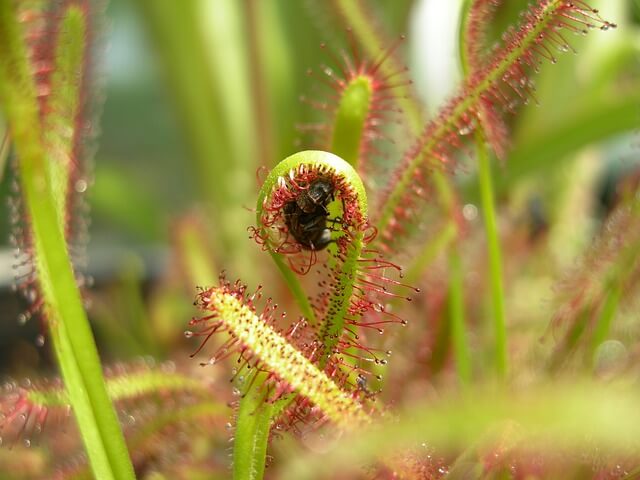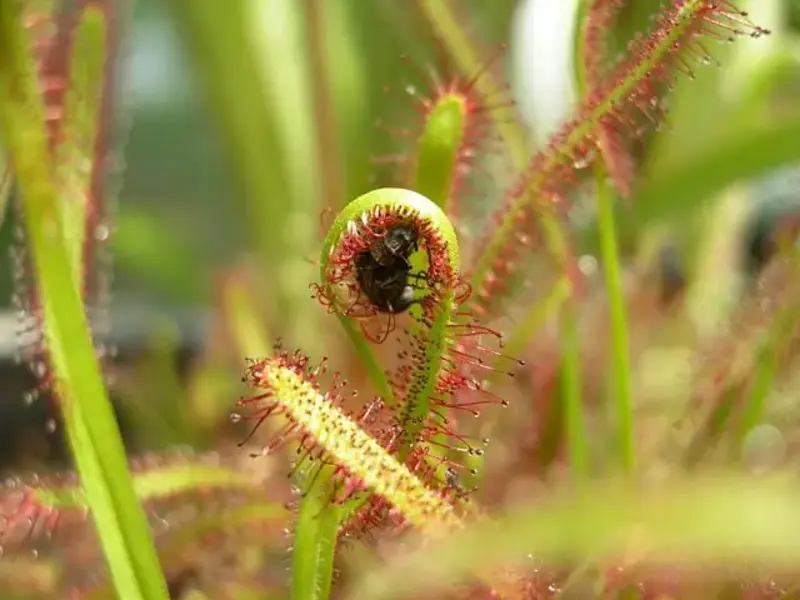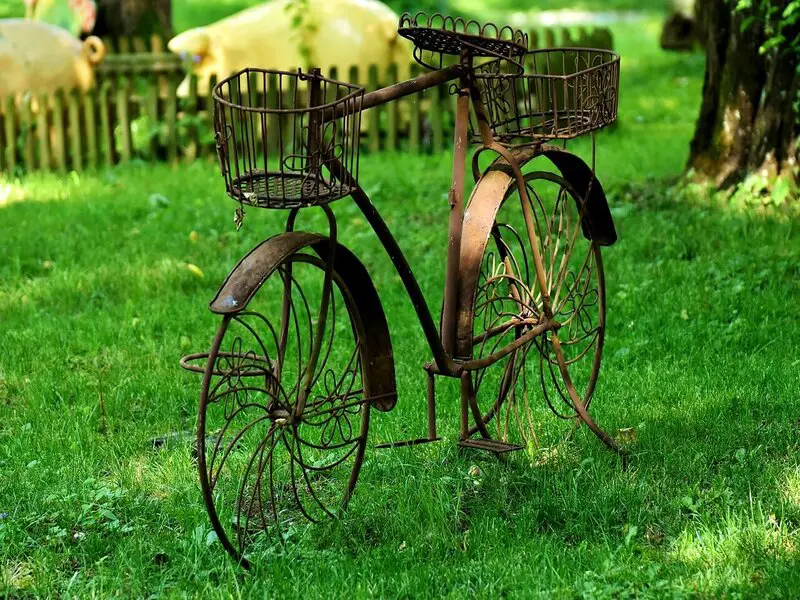Introduction
Carnivorous plants have long captivated plant enthusiasts with their unique and fascinating adaptations. These extraordinary specimens have evolved to survive in nutrient-poor environments by capturing and digesting small insects and other prey. Cultivating carnivorous plants can be a rewarding experience, but it requires specialized care and attention. In this comprehensive guide, we will delve into the world of carnivorous plants and explore the best practices for their care, ensuring their health and vitality.
Carnivorous plants: how to care for them

Carnivorous plants, such as the Venus flytrap, pitcher plants, sundews, and butterworts, require specific care to thrive. By understanding their unique needs, you can provide the right conditions for these captivating plants to flourish. Let’s explore the essential aspects of caring for carnivorous plants:
1. Choosing the Right Growing Environment
Creating the ideal growing environment is crucial for the success of carnivorous plants. These plants typically thrive in wetlands and bogs, where the soil is acidic and poor in nutrients. To replicate these conditions:
- Use a well-draining soil mix: A mixture of peat moss and perlite is ideal for carnivorous plants. This combination provides the necessary acidity and ensures adequate drainage.
- Provide ample humidity: Carnivorous plants require high humidity levels. You can achieve this by placing the plants on a tray filled with water or using a humidifier in their vicinity.
- Mimic natural lighting conditions: Most carnivorous plants prefer bright but indirect sunlight. A south-facing window or a spot under fluorescent grow lights can provide the appropriate light levels.
2. Watering Carnivorous Plants: A Balancing Act
Watering carnivorous plants can be a delicate task. Striking the right balance is crucial, as overwatering or underwatering can harm these unique specimens. Follow these guidelines to ensure proper watering:
- Use distilled or rainwater: Tap water is often high in minerals that can harm carnivorous plants. Using distilled or rainwater ensures the plants receive the purest form of hydration.
- Keep the soil consistently moist: Carnivorous plants thrive in moist soil, but they should not be left sitting in standing water. Water the plants from the base, allowing the soil to soak up the moisture without saturating it.
- Avoid letting the soil dry out completely: Carnivorous plants rely on a constant source of moisture, so it’s important to prevent the soil from completely drying out. Monitor the soil moisture regularly and adjust your watering routine accordingly.
3. Feeding Your Carnivorous Plants
While carnivorous plants derive most of their nutrients from insects, they can benefit from supplementary feeding. Here’s how to provide them with a balanced diet:
- Avoid overfeeding: Carnivorous plants are efficient hunters and do not require frequent feeding. Overfeeding can lead to a buildup of excess nutrients, which may harm the plants. Stick to feeding them one or two insects per month.
- Choose appropriate prey: Avoid feeding your carnivorous plants with insects that are too large or aggressive, as they may damage the plants. Suitable prey includes small flies, gnats, and other insects that can fit comfortably into the traps.
- Don’t force-feed: Carnivorous plants will catch their own prey naturally. Avoid trying to force-feed them, as this can cause damage to their delicate mechanisms.
4. Maintaining Proper Lighting Conditions
Light is a crucial factor in the growth and development of carnivorous plants. Here’s how you can ensure they receive the right amount of light:
- Provide bright, indirect light: Most carnivorous plants thrive in bright but indirect sunlight. Place them near a south-facing window or use fluorescent grow lights to provide the necessary light levels.
- Avoid direct sunlight: While some carnivorous plants can tolerate direct sunlight for short periods, prolonged exposure can scorch their leaves. If you notice signs of burning or yellowing, move the plants to a location with filtered light.
- Adjust lighting during seasons: As the seasons change, the intensity of sunlight may vary. Monitor the light levels and adjust the position of your carnivorous plants accordingly to ensure they receive adequate light throughout the year.
5. Maintaining Adequate Humidity Levels
Carnivorous plants naturally thrive in high humidity environments. Here are some tips to maintain optimal humidity levels for your plants:
- Use a humidity tray: Place your carnivorous plants on a tray filled with water and pebbles. As the water evaporates, it creates a humid microclimate around the plants.
- Group plants together: Grouping carnivorous plants together can create a mini humid zone. The transpiration from one plant can benefit others, increasing overall humidity.
- Consider a terrarium: If you’re struggling to maintain humidity levels, consider growing your carnivorous plants in a terrarium. A sealed or partially enclosed container can help retain moisture and create a humid environment.
6. Avoiding Common Mistakes in Carnivorous Plant Care
To ensure the health and vitality of your carnivorous plants, it’s important to avoid common mistakes that can hinder their growth. Here are a few pitfalls to watch out for:
- Fertilizer use: Carnivorous plants derive their nutrients from insects, not from fertilizer. Avoid using standard plant fertilizers, as they can harm these specialized plants. Stick to a strict insect-feeding regimen instead.
- Using the wrong water: Tap water contains minerals that can be detrimental to carnivorous plants. Always use distilled or rainwater to prevent mineral buildup and damage to the plants.
- Overhandling the traps: While it’s tempting to trigger the traps of carnivorous plants, excessive handling can exhaust their energy reserves. Minimize touching the traps to allow the plants to focus on capturing prey.
- Inadequate dormancy period: Many carnivorous plants require a period of dormancy during the winter months. Research the specific needs of your plant species and provide the necessary conditions for a successful dormancy period.
- Neglecting pest control: While carnivorous plants feed on insects, they can still fall victim to pests such as aphids or mites. Monitor your plants regularly and take appropriate measures to control and eliminate pests if necessary.
Conclusion
Caring for carnivorous plants is an exciting and rewarding endeavor. By understanding their specific requirements and providing the right growing conditions, you can witness these remarkable plants thrive and capture their prey. Remember to choose the right environment, maintain appropriate lighting and humidity levels, and feed them a balanced diet. Avoid common mistakes and be vigilant in detecting and addressing any issues that may arise.
As you embark on your journey of caring for carnivorous plants, don’t forget to enjoy the unique beauty and wonder they bring to your home or garden. With patience, attention, and the knowledge shared in this guide, you can successfully nurture and appreciate these captivating botanical marvels.




